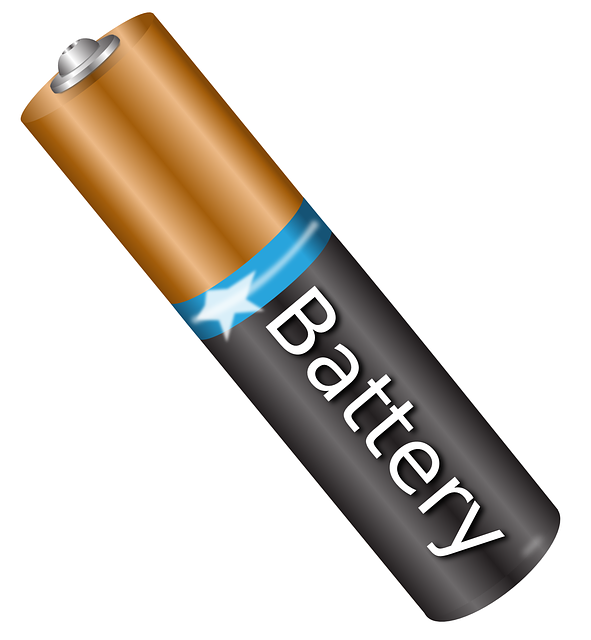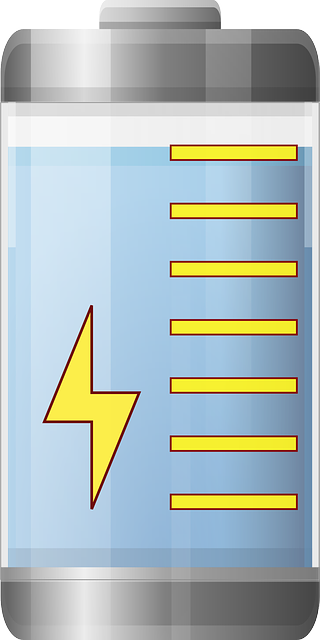Button batteries, despite their small size, present a serious health risk, particularly if ingested. These batteries can cause severe chemical burns due to their high voltage and alkaline content, potentially leading to esophageal perforation or other critical conditions within two hours. It is essential to use child-resistant packaging, dispose of batteries responsibly, and educate consumers on the dangers and safe handling practices. Immediate medical intervention is crucial post-ingestion for the best prognosis. Prevention involves secure storage, proper disposal, and recognizing early signs of ingestion such as abdominal pain or vomiting. Prompt action and awareness are vital to address the health risks associated with button batteries and to prevent severe complications. Always seek professional medical assistance if a button battery is ingested, ensuring quick and safe resolution to this potentially life-threatening situation.
Each year, accidents involving button batteries pose significant risks to both children and adults. These small, round cells, commonly found in household items like remote controls and toys, can cause severe internal injuries if ingested. Recognizing the warning signs and understanding the potential dangers is crucial for safeguarding your loved ones. This article delves into the risks associated with button batteries, the importance of promptly identifying swallow incidents, and how to spot potential hazards in everyday devices. Learn the necessary steps to take if a battery is compromised or ingested, ensuring swift action can be taken to prevent serious harm. Stay informed to protect your family from the hidden dangers of these seemingly benign batteries.
- Understanding the Risks Associated with Button Batteries
- The Importance of Prompt Recognition of Swallow Incidents
- Identifying Potential Hazards in Household Devices
- Safeguarding Children and Adults from Button Battery Dangers
- Steps to Take if a Button Battery is Ingested or Compromised
Understanding the Risks Associated with Button Batteries
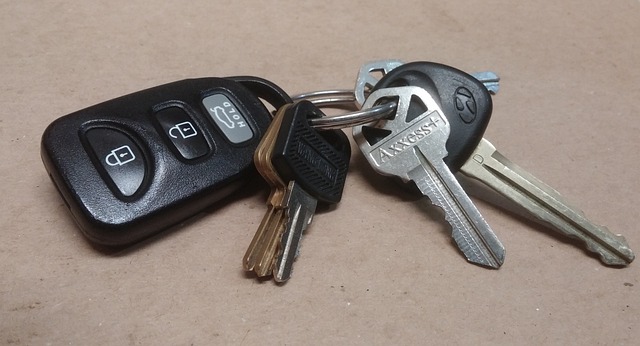
Button batteries, small disc-shaped cells that power a wide array of devices from children’s toys to hearing aids, present significant risks if ingested or improperly handled. These batteries can cause severe chemical burns within hours due to their high voltage and alkaline content. Accidental ingestion, a growing concern, can lead to esophageal perforation and life-threatening injuries. The swift release of the battery’s contents upon coming into contact with bodily fluids is what makes these incidents so hazardous. Child-resistant packaging and caution in disposal are crucial measures to prevent such occurrences, emphasizing the importance of responsible battery use and disposal. It is imperative for consumers to be aware of the potential dangers and to take necessary precautions to protect themselves and, particularly, children who may mistake these small batteries for candy or other small objects. Understanding the risks associated with button batteries is not just about recognizing their potential to cause harm if swallowed; it also involves being vigilant about proper storage, disposal, and understanding the signs of battery ingestion. Prompt medical attention can significantly increase the chances of a positive outcome in such situations.
The Importance of Prompt Recognition of Swallow Incidents

Monitoring for signs of swallow incidents involving button batteries is paramount for several critical reasons. These small, circular batteries, commonly found in household items such as toys, remote controls, and hearing aids, pose a significant risk if ingested. The prompt recognition of a swallowed button battery is crucial due to its capacity to cause severe chemical burns upon coming into contact with bodily fluids and tissues. This reaction can occur within two hours of ingestion, leading to serious complications such as esophageal perforation or obstruction. Therefore, staying vigilant for symptoms like abdominal pain, vomiting, lethargy, or a change in eating habits post-ingestion is essential. Early detection can significantly enhance the chances of a non-invasive medical intervention and minimize potential harm. It’s imperative to seek immediate medical attention if a button battery is suspected to have been swallowed, as timely response can be life-saving and prevent long-term health issues.
Identifying Potential Hazards in Household Devices
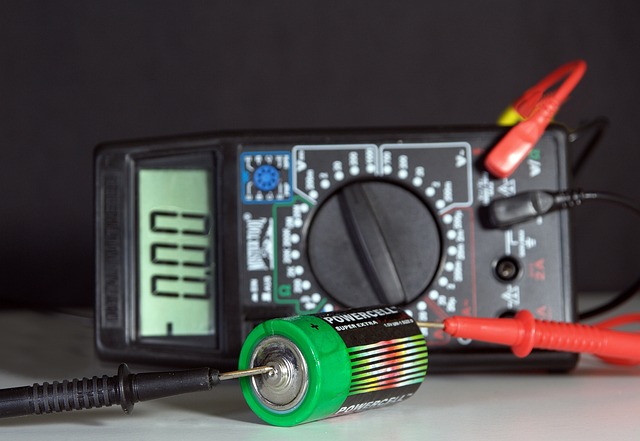
Monitoring for battery signs is an essential aspect of maintaining household devices, as they can pose significant safety risks if neglected. One of the most critical hazards to watch for involves button batteries, which are common in everyday items such as remote controls, musical greeting cards, and children’s toys. These small, disc-shaped batteries can cause severe internal injuries if ingested by young children or pets. The danger lies in their high concentration of electrolytes, which, when coming into contact with moist body tissues, can lead to rapid chemical reactions resulting in burns or perforation of the digestive tract. It’s imperative to secure devices with button batteries and keep them out of reach of small children to prevent accidental ingestion. Additionally, proper disposal of used batteries and regular checks for loose or protruding batteries in devices can mitigate these risks. Being vigilant and taking proactive measures to address battery safety not only protects your electronics from damage but also safeguards the well-being of everyone using them. Always prioritize the safe handling and disposal of button batteries, as they are a silent yet significant hazard in our tech-filled homes.
Safeguarding Children and Adults from Button Battery Dangers

Button batteries, small disc-shaped cells, present significant risks to both children and adults. These batteries, commonly found in household items such as remote controls, watches, hearing aids, and various electronic devices, can pose serious health hazards if ingested. It is imperative to be vigilant about their proper disposal and secure storage to prevent accidental ingestion by young children or individuals with certain disabilities. The risk is not merely theoretical; incidents of button battery ingestion result in severe chemical burns to the esophagus, mouth, and throat due to the battery’s alkaline content. Prompt medical attention is crucial upon such an occurrence, as the battery can continue to react even after being swallowed, causing irreversible damage. Therefore, awareness and precautionary measures are essential in safeguarding individuals from these hidden dangers. Educational campaigns and safety guidelines should be widely disseminated to inform the public about the proper handling of button batteries and to emphasize the importance of immediate medical intervention in case of ingestion. By taking proactive steps, we can significantly reduce the incidence of battery-related injuries and protect vulnerable populations from these avoidable tragedies.
Steps to Take if a Button Battery is Ingested or Compromised
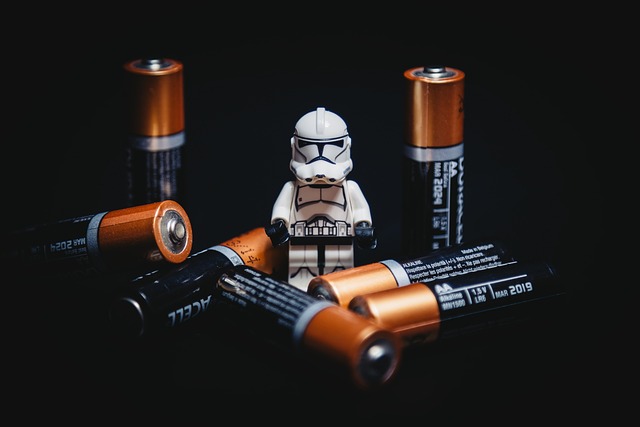
If a button battery, commonly found in devices such as watches, hearing aids, and children’s toys, is ingested or compromised, immediate action is crucial. The first step is to remain calm and avoid panic. Promptly seek professional medical assistance, as these batteries can cause severe chemical burns within two hours of ingestion due to the release of corrosive alkaline substances when the battery is broken. Do not attempt to retrieve the battery if it has been vomited or passed; leave this to medical professionals equipped with the necessary tools and expertise to handle the situation safely. If the battery is in a product that can still be operated, turn off the device immediately to prevent internal damage and potential leakage. Keep the product’s manual and the battery model information handy for the healthcare provider, as this information is vital for effective treatment and diagnosis. Always prioritize safety and professional guidance when dealing with compromised button batteries to mitigate health risks and ensure the best possible outcome.
When it comes to safety in the home, understanding the risks associated with button batteries is paramount. These small yet potent cells can pose significant health hazards if ingested or compromised. It’s crucial to recognize the importance of prompt action in the event of a swallow incident and to identify potential hazards in everyday household devices. By safeguarding both children and adults from these dangers, we can prevent tragic outcomes. Should a button battery be ingested or otherwise compromised, immediate steps must be taken to mitigate risks. The information provided in this article underscores the need for vigilance and preparedness in handling button batteries. Stay informed and proactive to ensure a safer environment for all.
